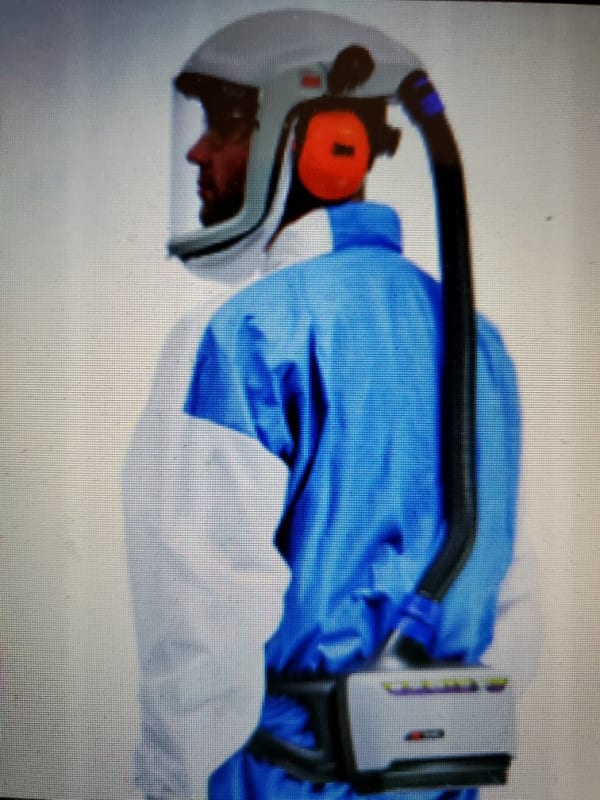I'm trying to get a rough idea of the optimum filter size & configuration for a face mask in different breathing conditions (sitting, walking, exercise etc.). I'm also trying to determine if it'd make sense to boost the airflow in the mask with a fan.
I'm struggling to find good resources on filter design and sizing calculations. Could anyone recommend any books/papers on the subject? It seems like in the industry you determine the required air velocity and flow rate (how?), and that simply gives you the filter size.
For a face mask, we're trying to minimise the breathing resistance (pressure drop across the filter). I'm trying to calculate how this depends on filter size and configuration.
Basically, the idea is to deterministically design a breathing apparatus, from the filter onfiguration (prefilter->HEPA->activated carbon), through filter size, to casing, sealing, manufacturing etc.
I'd appreciate any technical references that could serve as a starting point for this process.
I'm new to the forum, and I did not know which category this question best fits in. Please move it if there's a better place for it.
I'm struggling to find good resources on filter design and sizing calculations. Could anyone recommend any books/papers on the subject? It seems like in the industry you determine the required air velocity and flow rate (how?), and that simply gives you the filter size.
For a face mask, we're trying to minimise the breathing resistance (pressure drop across the filter). I'm trying to calculate how this depends on filter size and configuration.
Basically, the idea is to deterministically design a breathing apparatus, from the filter onfiguration (prefilter->HEPA->activated carbon), through filter size, to casing, sealing, manufacturing etc.
I'd appreciate any technical references that could serve as a starting point for this process.
I'm new to the forum, and I did not know which category this question best fits in. Please move it if there's a better place for it.

